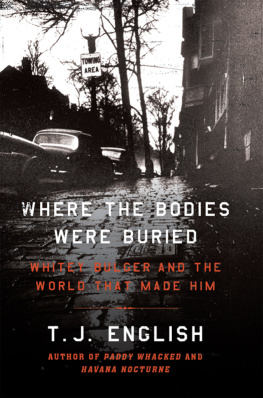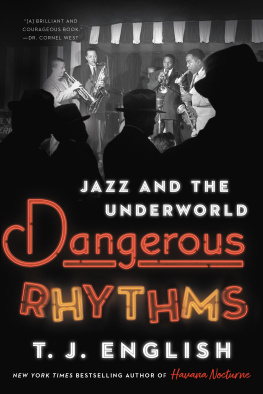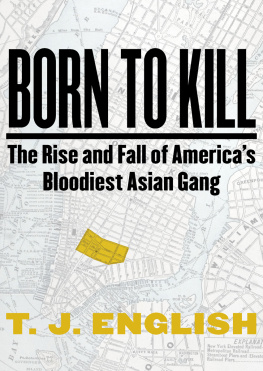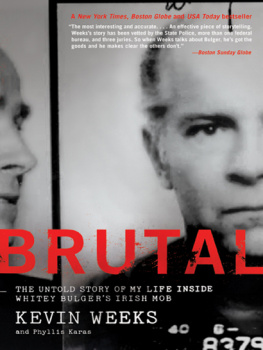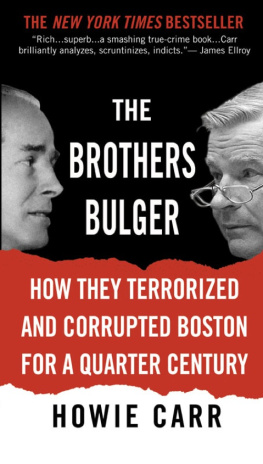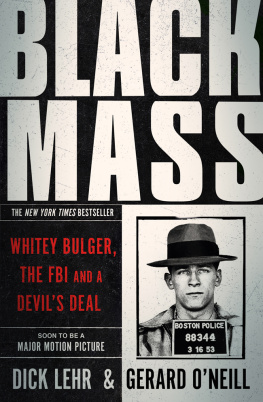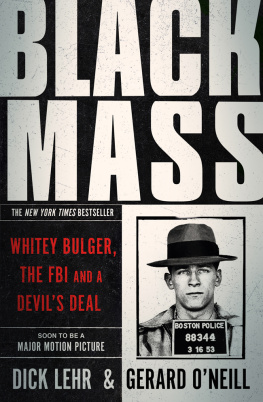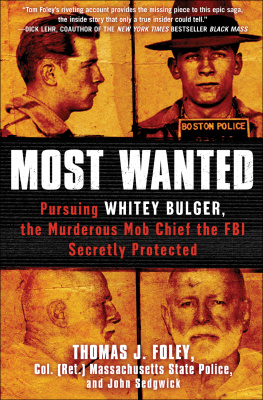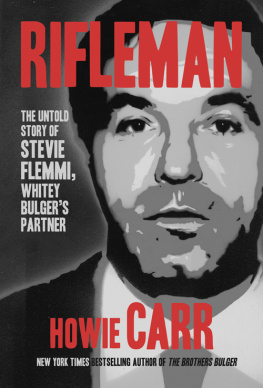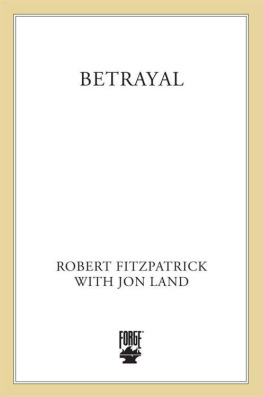
Playboy, April 1991
The Witness Protection Program has a remarkable purpose: To hide hardened criminals among the general public. What could possibly go wrong?
It was nearly twenty-one years ago that Michael Raymond, a beefy, Brooklyn-bred con man and stock swindler, got into a tight spot with the law. After a lengthy trial in Illinois state court, he received a four-year prison term for trying to use stolen Treasury notes to buy two small midwestern banks. A silver-tongued grifter with a robust appetite for the good life, Raymond had no intention of serving his sentence. Instead, he cut a deal with the feds.
What Raymond received, however, was far from your average, run-of-the-mill government deal. In exchange for testifying before a Senate subcommittee on stolen securities and the Mob, he was placed in what was then a new, top-secret federal program called WITSEC, short for Witness Security Program, now commonly referred to as the Witness Protection Program.
At the time, fewer than a hundred people had entered this experimental program, thought to be the governments most potent new tool against organized crime. Despite its controversial nature, the program had never actually been debated, or even proposed, on Capitol Hill. The U.S. Justice Department simply requested funds for witness relocation and the various appropriations committees gave it the rubber stamp. Over the next twenty-one years, the program would attract a vast following, not the least of which were more than 13,000 criminals and their family members coerced into its ranks. Back in 1970, though, WITSEC was a theory to be tested. And like any new theory, it had bugs to be worked outbugs like Michael Raymond.
As part of this agreement with the overseers of WITSEC, Raymond was given a new identity and relocated to sunny Southern Florida. The government also immediately began paying him $1,500 a month, plus $50,000 for job assistance. Over the next several years, Michael Burnett, as Raymond officially became known, would learn to use WITSEC to underwrite one scam after another. During one deadly three-year period, three business associates of his disappeared under nefarious circumstances. One of them was a sixty-seven-year-old socialite and widow whom Raymond had been romancing. The woman was last seen getting into a car with him just hours after she cleared out her bank accounts. Raymond later became a prime suspect in her disappearance when an informant told local cops that he had bragged of killing her. Theyre never going to find the stone shes under, he reportedly told the informant.
When Florida authorities began looking into the past of Michael Burnett, they were amazed to find that he had no personal history whatsoever. His life of crime as Michael Raymond had been effectively expunged, courtesy of WITSEC. Furthermore, the federal government helped Raymond disappear while the investigation was under way. He had intentionally violated his security, so the Justice Departmentunaware that its prize witness was also a primary suspectrelocated him to another region of the country and covered his tracks after he left.
In the years that followed, Raymond often caught the attention of federal crime fighters. Although the U.S. Marshals Servicethe branch of the Justice Department that administers the Witness Security Programbelieved that his life was in danger, he moved around like a man without worries. He drove Cadillacs and wore mink coats, and his fingers sparkled with diamond rings. A gourmet chef with a taste for fine wines, he allowed his waist to grow in proportion to his criminal deeds, until he topped the scales near 300 pounds.
Now sixty-one years old, Raymond/Burnett is no longer in WITSEC. His long, notorious life of crime finally caught up with him when, after he resurfaced in Chicago a few years ago as an informant in an FBI sting operation, the feds caught on to his act. In 1987, he went off to prison on weapons possession; there were no deals left to be struck. For more than twenty years, Raymond had feasted on the federal governments navet and largess, turning the Witness Security Program into a criminal hideout.
The stupefying result of all this is that little has changed since the days when Raymond first made chumps out of the U.S. Justice Department. Although few inductees have abused WITSEC with the same panache as Michael Raymond, the twenty-one-year history of the program reveals a virtual catalog of failures, from recidivism through bureaucratic ineptitude to government callousness and neglect.
Throughout it all, WITSEC continues to grow, amassing a rogues gallery of inductees. Almost everything that could go wrong [with WITSEC] has, at one time or another, says Donald Bierman, a former Justice Department official who is now a criminal defense attorney in Miami. Bierman has had several clients enter WITSEC, often against his recommendation. If you absorb enough scandal, eventually you become immune, he says. Ironically, because of the programs long history of failure, it has now become virtually scandal-proof.
When forty-seven-year-old Max Mermelstein entered the Witness Security Program in 1986, it must have seemed like the last possible option. As the man who had run U.S. trafficking operations for a Colombian cocaine cartel for several years, he had a criminal career that had escalated to a point beyond his wildest dreams. From 1978 to the time of his arrest, Mermelstein is believed to have smuggled some fifty-six tons of cocaine into Florida. In a five-year period, he ran $300 million in laundered currency through Colombia and Panama.
Mermelstein never planned on a career in crime. After marrying a Colombian woman he met in Puerto Rico, he was introduced to Rafael Rafa Cardona Salazar, a major underboss for the Ochoa family, leaders of the Medelln cartel. On Christmas Day, 1978, Rafa inexplicably murdered one of his fellow drug runners after a long afternoon of free-basing cocaine. He and another smuggler then called on Mermelstein, whom he knew only casually at the time. They wanted Max to drive them around until they came down from their high. During the drive, Rafa, eyes ablaze, emptied five bullets into his roommate, who had been taunting him from the backseat of their rented van. Just keep driving, Max. Dont say a fucking word, Mermelstein remembered Rafa saying.
Having witnessed, but not reported, a brutal murder, Mermelstein was an accessory to the crime, which effectively put him under the thumb of the cartel. His criminal associations with Rafa, Pablo Escobar, and others flourished until June 1985, when he was jumped by a bevy of agents from the FBI, DEA, Customs, and assorted other branches of American law enforcement. After searching Mermelsteins home, the feds had enough on his drug operations to put him away for many lifetimes.
Faced with a life behind bars, Mermelstein remembered the words hed heard many times from the murderous Rafa: There are only two ways you get out of trafficking coke, in a box or in a cell. Mermelstein proved him wrong; he agreed to cooperate with the government and go into the Witness Security Program.
The day I got arrested was the best day of my life, says Mermelstein, now living under an assumed name somewhere in the United States. If it hadnt happened, Id be dead right now.
To initiate Mermelstein into WITSEC required extraordinary measures. Sixteen members of his family, mostly relatives of his Colombian wife, had to be relocated into the United States. It presented the Marshals Service with a problem it has been forced to deal with more and more, as the so-called drug war escalates. According to the Justice Departments own statistics, nearly 80 percent of those now in the program are there because they or a family member testified in a drug-related case. More than one quarter of those are foreign nationals.
Next page

